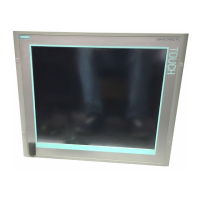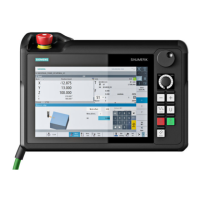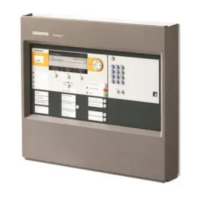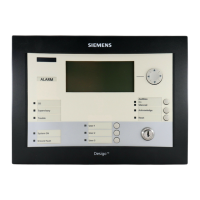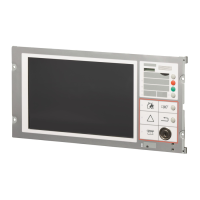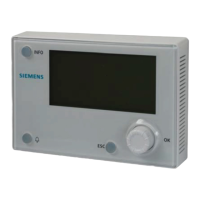Configuration/programming
2.3 Accessing inputs and outputs in a user task
TM15 / TM17 High Feature Operating Manual
34 Commissioning Manual, 05/2009
2.3.2 Controlling the enable signal
If the enable signal has been selected for one of the channels on the TM17 High Feature
terminal module, the user program can control this hardware function by writing values to the
output address assigned to the channel for the enable signal.
The control bit of the enable signal has the following function (= force function):
● "0" → The I/O channel (e.g., channel 0) is controlled by the channel for the enable signal
(e.g., channel 10).
● "1" → The I/O channel (e.g., channel 0) is enabled irrespective of the channel for the
enable signal (e.g., channel 10).
If the I/O channel is activated by a HW enable signal during forcing, this enable is retained
even after the forcing function is terminated (provided that the enable conditions are still
fulfilled).
Table 2- 8 Addressing the channel for the enable signal
Channel for enable signal Assigned to I/O channel I/O address of enable input
(output address)
10 0 (Module address + 2).2
11 1 (Module address + 2).3
12 2 (Module address + 2).4
13 3 (Module address + 2).5
14 4 (Module address + 2).6
15 5 (Module address + 2).7
Example
In the example, DI 13 on the TM17 High Feature terminal module is used as the channel for
the enable signal. The output address for controlling the enable signal DI 13 is "280" plus an
offset of "2.5". Consequently, the output address to control the enable signal is 282.5.
See also
Linking symbolic I/O variables with TM1x terminal modules (Page 32)
